Each cable is designed to be installed for certain applications. Therefore, basically putting solid single core wire or cable in front of stranded conductors is not their use.
When it comes to choosing Ethernet cables, one of the questions we are often asked is, “What is the difference between solid and stranded Ethernet cables?”
If you don’t know the solution, you’re not the only one who doesn’t know it. Today, we’re going to discuss the key differences between stranded and solid cables, as well as the circumstances in which each form of cable is ideal for use.
To begin with, the primary distinction between solid cable and stranded cable is in the construction of the two types of cable. Stranded cables have several smaller copper wires twisted together to form a single conductor, while solid cables have only one large copper wire running through each conductor. The variance in their design is what allows these two distinct cable types to perform more effectively in different situations.
Because solid cables are stronger and more durable than stranded cables, they are easier to pass through walls and more durable when it comes to shock and wear. Solid cables are also more resistant to bending than stranded cables. Solid cables are also easier to terminate due to their greater strength.
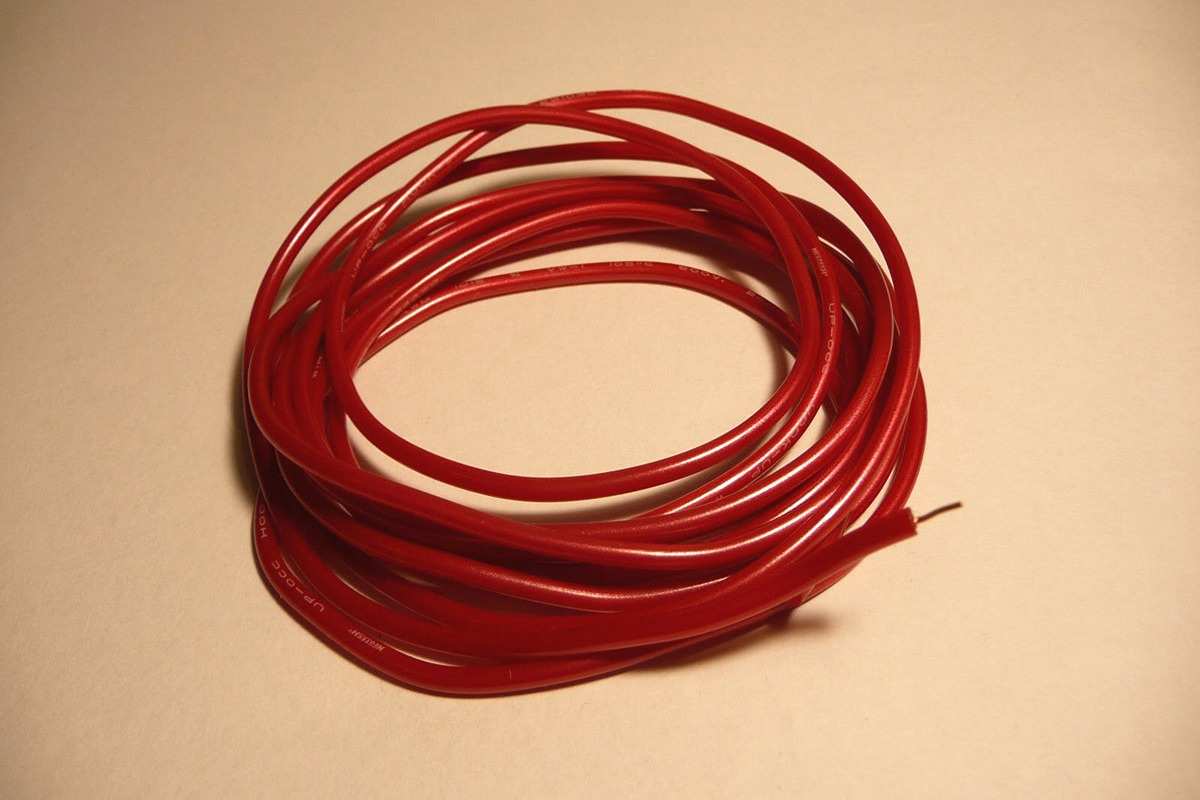
Solid cables, on the other hand, are more difficult to transport due to their inherent stiffness. Because solid wires are more resistant to corrosion than stranded wires, they are ideal for use in installations located in outdoor environments.
Solid cores are used in PoE (Power over Ethernet) cables. Solid cables also have less “damping”, which is another name for resistance. This is another advantage of using solid cables.
Because stranded cables are much more flexible than solid cables, they are an excellent choice for shorter installations, such as those found in workstations, where the cable may need to be moved frequently. Keep in mind that the production of stranded cables is more expensive than the production of solid cables, and therefore the price of stranded cables is higher.
So, should you go with the solid or string option? In the end, the answer is determined by your goals and objectives. Stranded cable is the best option for you if you want a shorter length wall to patch panel cable than other options.
If you want it to be more permanent, such as in a wall, or if you plan to run the cable through a wall, choose solid-core cable.
Now that you have a better understanding of the difference between stranded and solid cables, you’re in a better position to choose the type of cable that will give you the most peace of mind while ensuring your installation continues to run smoothly. to give

If you often find it difficult to choose between solid wire and stranded wire, you are not an outlier. Many people struggle with this decision. When it comes to this decision, a significant portion of people around the world often face significant obstacles.
The vast majority of us try to find definitive answers to our questions from knowledgeable electricians about what wire to use.
However, the reality is that there is no straightforward solution to this particular problem. Of course, the details of your project will determine whether a solid core wire is the most appropriate alternative to pursue. There are different situations where one type of cable is more effective than another.
If one is not familiar with electrical wiring, it may be difficult to determine the conditions under which a solid wire will perform more effectively than a stranded wire.
In most cases, a solid cable is cheaper than a stranded cable because solid cable costs less to manufacture. Since solid type wire is cheaper than stranded wire, some consumers may choose it over the latter. Do you think it’s wise to prioritize cable cost over performance?
Improper wire selection will almost certainly increase the need for frequent maintenance and replacement. So, if you decide to go with the solid alternative, you will be subject to additional costs when it would be wiser to go with the string alternative.
This page will help you avoid such a predicament by providing expert answers to common questions about the solid copper wire conundrum.
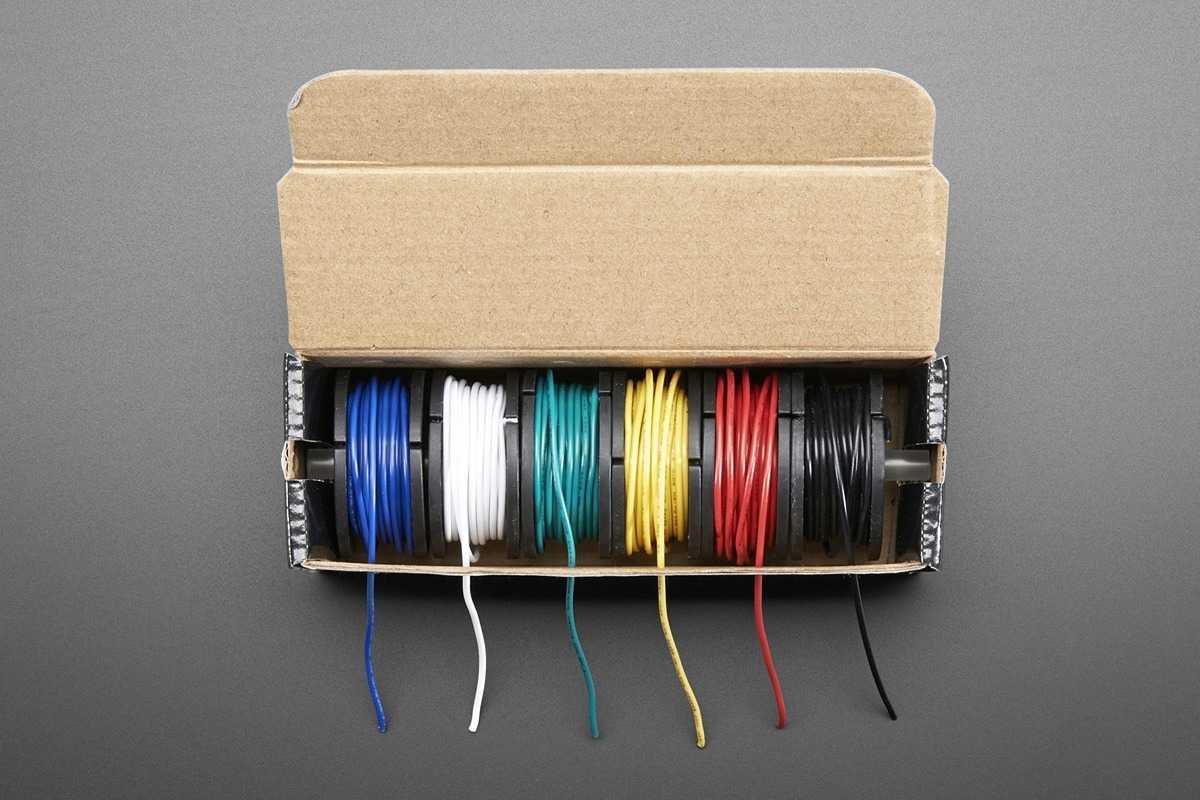
Solid vs stranded
In the same old story of solid conductor vs. stranded conductor, I said earlier that there is no definitive answer to the question of whether solid or stranded wire is superior. The option that best suits your needs will vary depending on the application you plan to use.
On the other hand, it is important to remember that a solid wire acts as a superior electrical conductor. In addition, it provides high and stable electrical characteristics over a wide frequency range.
Due to its solid nature, it has a jagged appearance and is likely to resist vibration and corrosion. Despite all these advantages, choosing solid core wire is not the best choice in every situation. This particular variety of power cord is not necessarily the superior choice in all situations. When deciding whether to prefer a wire type, solid or stranded, there are several factors to consider before making a final decision.
Solid cables are made up of a single strand, while stranded cables are made up of several thin wires twisted together to form a bundle.
Each of them offers various distinct advantages, the exact nature of which depends on the particulars of the intended application. Applications that require continuous winding and cable twisting are excellent candidates for using stranded wire. Due to its versatility, it performs better in applications with a high degree of complexity, such as wiring circuit boards.
Solid wire, on the other hand, is a type of wire that should be used for heavy-duty applications and outdoor wiring. Compared to stranded wires, this type of cable can withstand even the harshest conditions and is more space efficient than those wires.
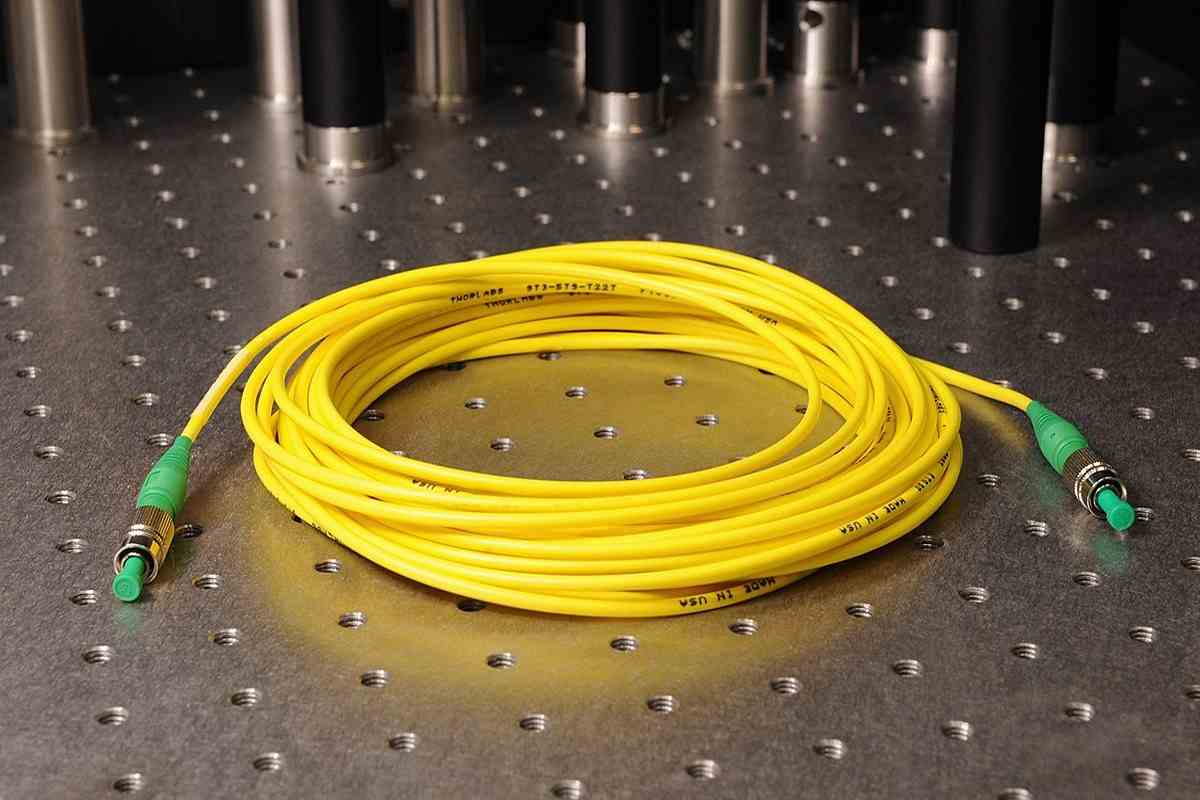
The current carrying capacity of a solid type wire is not affected by the fact that its surface is reduced. For example, the ability of a 22-gauge solid wire to carry the same current as a stranded wire of the same size.
I have no doubt that each of us, at some point, has come across the phrase “a shortcut is always dangerous.” I claim with full confidence that the above statement is suitable for the existing conditions. Any attempt to combine a solid wire with a stranded wire is a form of short cutting that should be avoided at all costs. What makes me believe this?
The only reason you might want to combine them is if you have a short cable and an extra cable, despite the fact that the latter is not really the same as the former. It’s also possible that you’ve used up all the stranded cable for the project, in which case you’ll need to switch to more cost-effective solid cable for the rest of the job.
Although it is not impossible to combine solid and stranded wires, this does not mean that it is a recommendation that must be followed. The method of connecting a solid copper wire to a stranded copper wire is considered one of the relatively difficult methods. There is a high probability that something will not go according to plan. When dealing with electrical current, even the smallest error can result in significant property loss. So, why exactly should you put yourself at risk?
If you want to avoid the lure of mixing wires, the easiest way to do it is to make sure you buy the right length of cable. For example, if you decide to use an 18-gauge solid wire, you should check that the wire is long enough to meet all of your wiring needs.
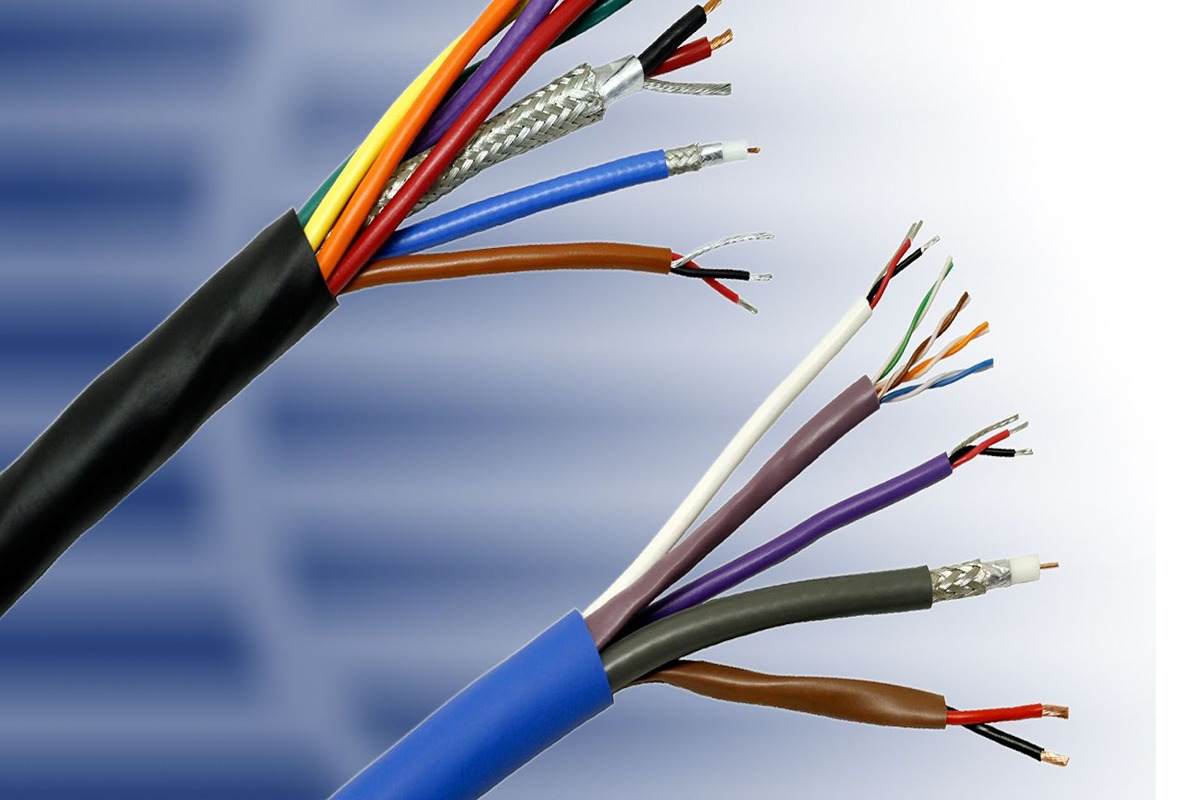
Cables are often sold by the meter at electrical cable dealers, wholesalers, and manufacturers. It is in your best interest to discuss the specific wire length requirements of your project with a professional wiring specialist.
It is often difficult to determine whether you need stranded or solid wire. As I mentioned earlier, the pros and cons of using a particular wire depend entirely on the intended application.
The most effective way to contrast these two types of cables is to examine the advantages and disadvantages of each in different areas such as resistance to the elements and flexibility, which we will mention a few examples. Solid core wire and stranded wire both have their advantages and disadvantages, which will be mentioned in the following comparison:
The capacity of the wire to carry current Unlike the stranded wire, which has a larger surface area but is generally thinner, the solid wire has a greater wall thickness and a smaller overall cross-sectional area.
Air gaps also exist between the thin wires used to make stranded cables. Because of the characteristics described above, a solid cable is generally considered a more effective electrical conductor than a stranded wire. Does this mean that the capacity of a solid type wire to conduct current is superior?
In general, the carrying capacity of a cable is mainly controlled by its size, which is usually specified in a standard known as American Wire Gauge (AWG). Your first investigation should focus on determining whether the diameter of the solid wires is larger than the diameter of the stranded wires.
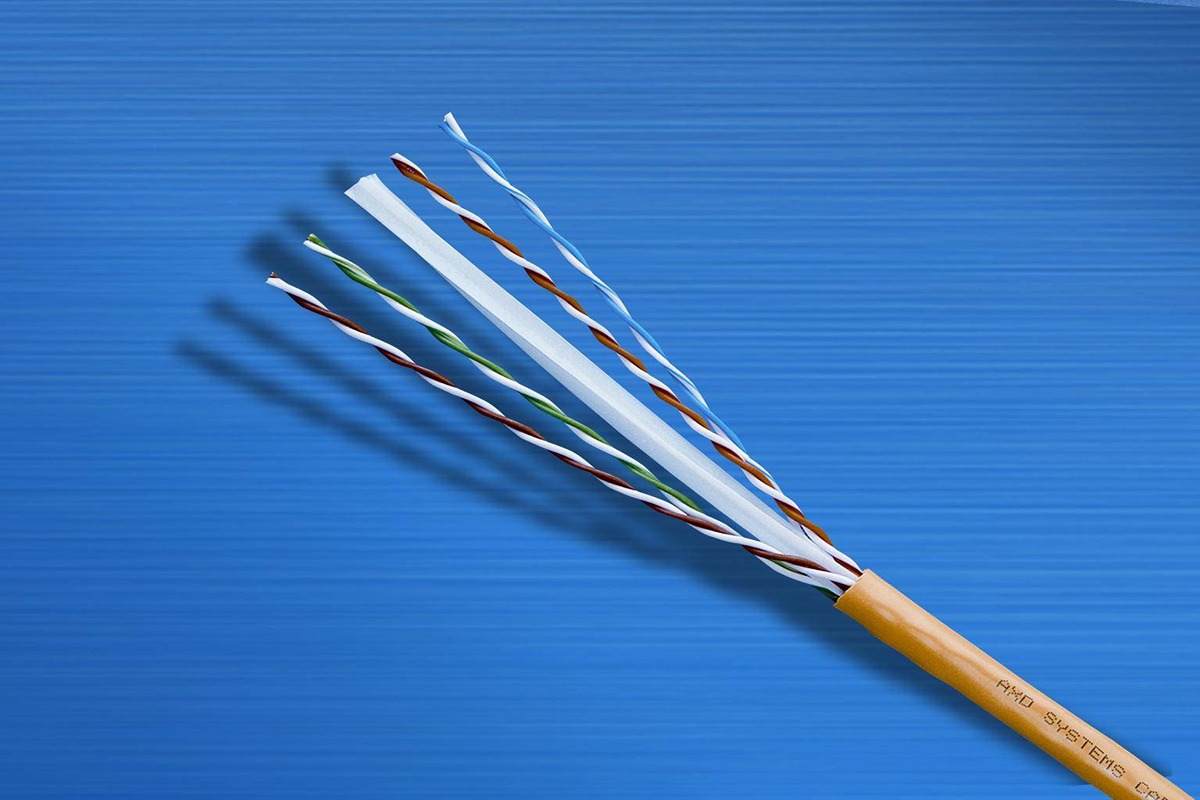
It is a common misconception that the final overall size of a conductor does not change regardless of whether it consists of a single solid conductor or multiple strands of conductor. In other words, 24 gauge solid wire is still considered 24 AWG wire. The capacity of stranded wire of the same size to conduct current is not affected by the conditions of its use.
Flexibility
It stands to reason that a stranded wire is more flexible than a solid copper wire. It can prevent breakage even after repeated bending and bending. If you’re using a solid type for flexible applications, you’re likely to incur recurring costs because you’ll need to repair it frequently.
ü Routing When comparing solid wires with flux core, the flux option is preferred due to its greater flexibility for use in routing applications. A wire that is stranded rather than solid has better bendability, which makes routing easier whenever there are obstacles in the way of the wires.
Which type of wire is better: solid or stranded for house wiring
Depending on your wiring needs, each cable offers a number of distinct advantages. Which of these two options offers more advantages when it comes to house wiring? To provide an answer to the question presented earlier, you must first consider a number of different aspects. What environment do you have to contend with when dealing with home wiring?
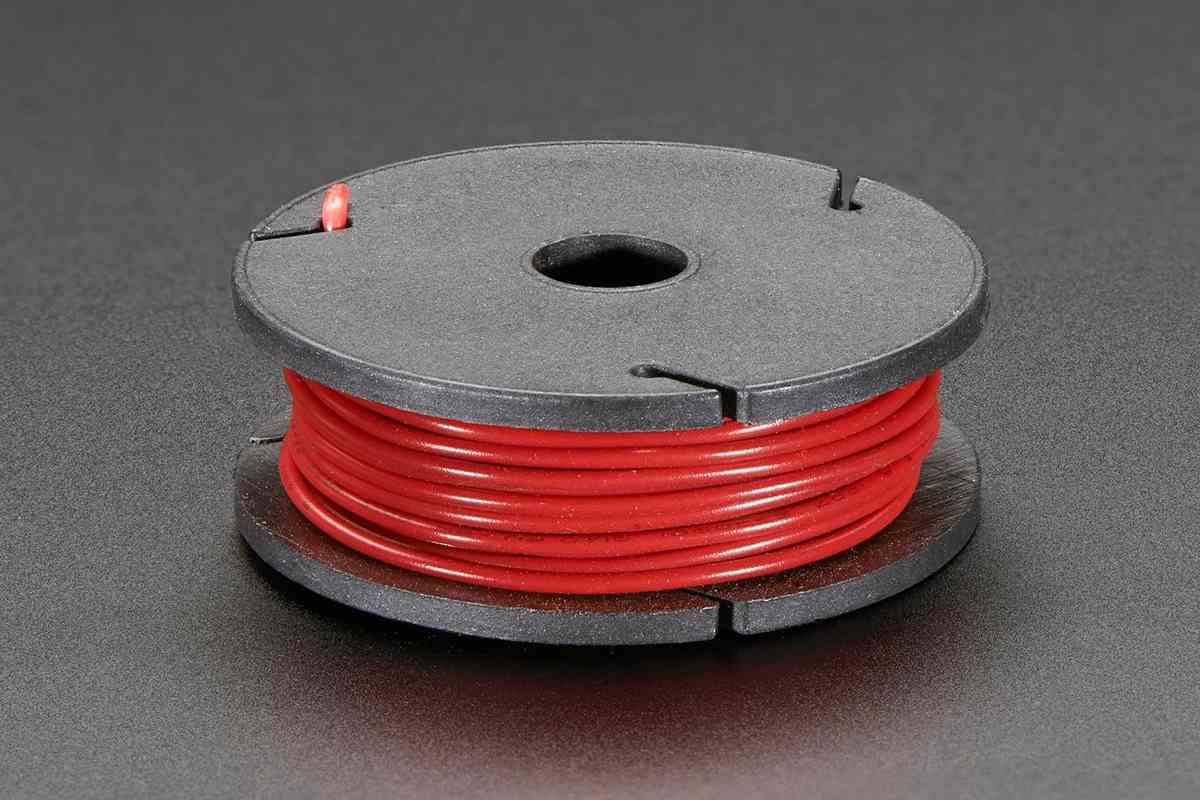
Do the cables need to be moved regularly? Is flexibility a critical feature when dealing with home wiring? When determining whether you should use solid or stranded wire to wire your home, these are some of the most important questions to ask yourself.
The ability to bend the stranded wire without breaking is the main advantage of using it. Behind walls and ceilings is usually where house cables are hidden after installation.
Consequently, the need for flexibility in residential wiring is not one of the most important considerations. When wiring their homes, most people prefer to use solid copper wire. This variety of wire is superior for use in residential wiring for several reasons, the most important of which are as follows: • It is more economical than stranded wires.
It is much easier to screw a solid wire into a switch or outlet because the surface area of a solid cable is smaller, which is especially important when working with several electrical wires in a confined space.When it comes to home wiring, having a solid wire can really come in handy. However, you should note that there are different types of solid cables, each made for a specific use. For example, an open housing structure such as a car garage can use 14-gauge THHN solid wire.

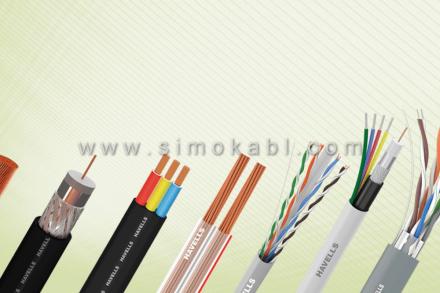
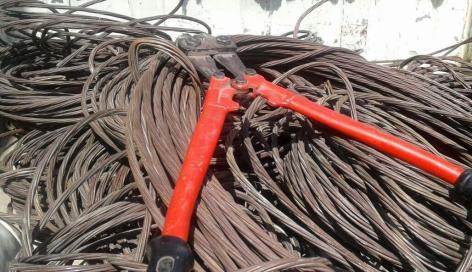

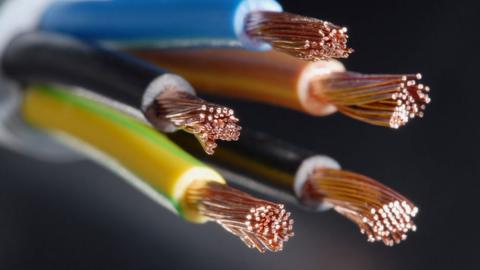
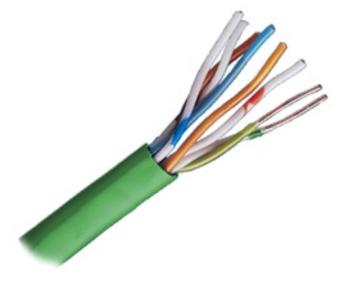
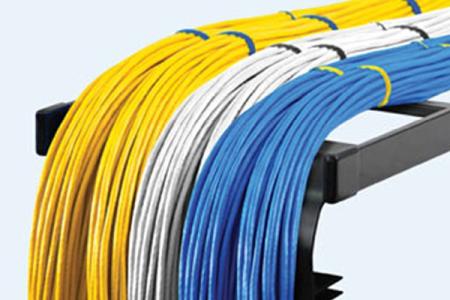
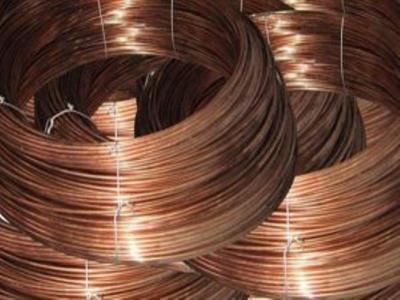

Your comment submitted.